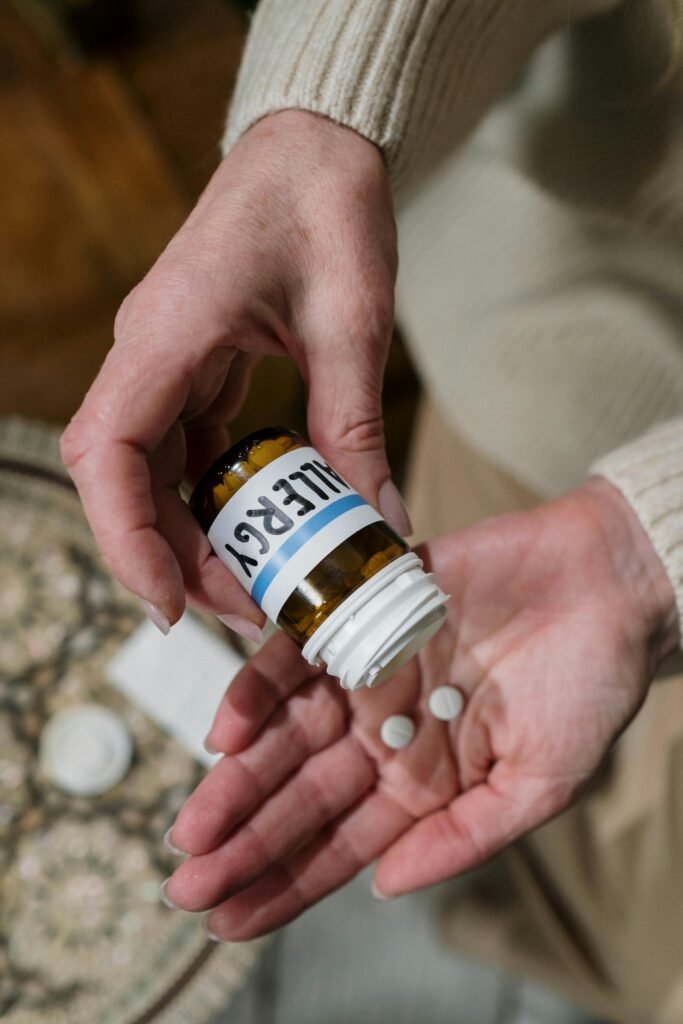What Is Obsessive-Compulsive Disorder?
Obsessive-Compulsive Disorder (OCD) is a chronic and often debilitating mental health condition marked by a cycle of obsessions (unwanted intrusive thoughts) and compulsions (repetitive behaviors or mental acts performed to reduce distress).
Although many people experience fleeting intrusive thoughts or habitual behaviors, OCD becomes clinically significant when these symptoms interfere with daily functioning, relationships, or well-being.
According to the DSM-5-TR (2022), OCD affects about 2–3% of the global population, with symptoms typically appearing in late adolescence or early adulthood.
Understanding Obsessions and Compulsions
Obsessions
Obsessions are intrusive, persistent, and unwanted thoughts, images, or urges that cause significant distress or anxiety. Examples include:
- Fear of contamination (germs, dirt)
- Doubts about whether something was done correctly (locked doors, turned off stove)
- Unwanted taboo thoughts (sexual, violent, or blasphemous)
- Fear of harming oneself or others unintentionally
Compulsions
Compulsions are ritualistic behaviors or mental acts performed in an attempt to neutralize or prevent the distress caused by obsessions. Examples include:
- Excessive handwashing or cleaning
- Repeated checking (locks, appliances, body parts)
- Counting, tapping, or repeating phrases silently
- Arranging items in a precise way
Important: The compulsive behaviors are not pleasurable but are performed to relieve intense anxiety or discomfort.
Common Types of OCD
OCD presents in various subtypes, though individuals can experience symptoms across categories:
Contamination OCD
- Fear of germs, illness, or environmental toxins
- Often leads to compulsive cleaning or avoidance
Checking OCD
- Fear of harm due to carelessness (e.g., leaving the door unlocked)
- Results in repeated checking rituals
Symmetry and Order
- Need for items to be symmetrical, aligned, or “just right”
- Involves arranging and re-arranging rituals
Intrusive Thoughts (Pure O / Pure Obsessional OCD)
- Unwanted violent, sexual, or religious thoughts
- Often associated with mental compulsions (e.g., praying, mentally reviewing)
Hoarding (now a separate disorder in DSM-5)
- Difficulty discarding items due to perceived future need or emotional attachment
What Causes OCD?
OCD is multifactorial, meaning no single cause explains its development. However, several contributing factors have been identified:
Biological Factors
- Imbalance in brain chemicals, particularly serotonin and dopamine
- Hyperactivity in brain circuits involving the orbitofrontal cortex, anterior cingulate cortex, and basal ganglia
Genetics
- First-degree relatives of individuals with OCD are at higher risk
- Heritability estimates range from 40–60% in twin studies
Psychological Factors
- Rigid thinking styles, inflated responsibility, and thought-action fusion are common cognitive distortions in OCD
Environmental Triggers
- Stressful life events, infections (e.g., PANDAS), or trauma can trigger or exacerbate symptoms
Diagnosis and Assessment
OCD is diagnosed by a licensed mental health professional through clinical interviews, structured questionnaires, and behavioral assessments. Tools include:
- Yale-Brown Obsessive Compulsive Scale (Y-BOCS)
- Obsessive-Compulsive Inventory-Revised (OCI-R)
Diagnosis is made when:
- Obsessions and/or compulsions are time-consuming (e.g., more than 1 hour/day)
- Cause significant distress or functional impairment
- Are not due to another condition or substance use
Treatment for OCD
Cognitive Behavioral Therapy (CBT)
Specifically, Exposure and Response Prevention (ERP) is the gold standard for OCD. ERP involves:
- Gradual exposure to feared thoughts/situations
- Prevention of compulsive responses
- Reduces anxiety over time and weakens OCD patterns
Medications
First-line pharmacological treatments include:
- Selective Serotonin Reuptake Inhibitors (SSRIs): Fluoxetine, sertraline, fluvoxamine
- Higher doses and longer treatment durations are often required than for depression
In treatment-resistant cases, clomipramine (a tricyclic antidepressant) or antipsychotic augmentation may be considered.
Other Therapies
- Acceptance and Commitment Therapy (ACT): Helps with cognitive flexibility
- Mindfulness-based CBT
- Deep Brain Stimulation (DBS): For severe, refractory OCD
Early intervention often leads to better outcomes.
Living with OCD
Living with OCD can be exhausting, but recovery is possible. Strategies for daily management include:
- Building a strong therapeutic alliance with a qualified mental health provider
- Practicing ERP consistently, even outside therapy sessions
- Challenging unhelpful thoughts through CBT techniques
- Joining OCD support groups for validation and resources
- Maintaining structure and routine
With the right treatment, many individuals experience significant symptom reduction and improved quality of life.













